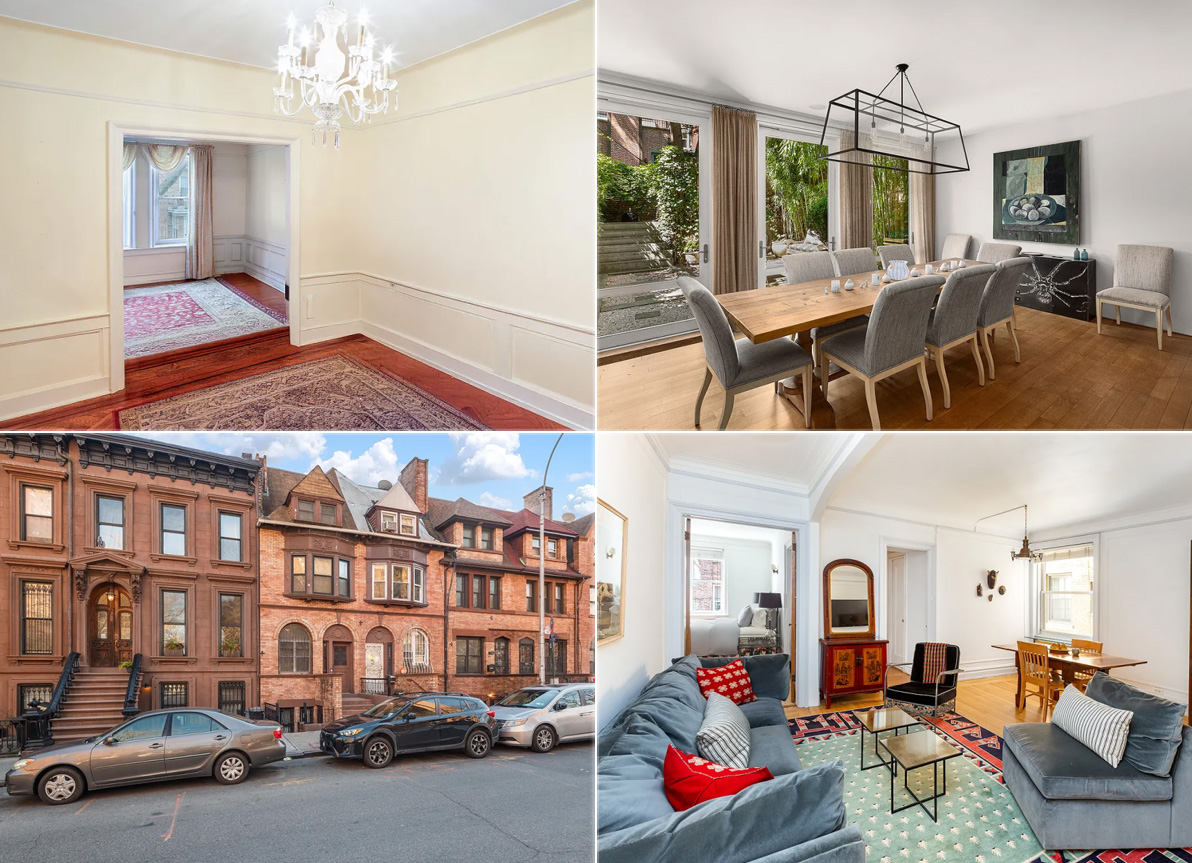Inside Third & Bond: Week 98
This week the Hudson bloggers discuss various woods. Yup, woods … Last week’s good lookin’ fellas led by the lone lady are laying down hardwood flooring this week. Or, as someone pointed out in comments past, directing laborers to lay down hardwood flooring. Two of the three floors in the model residences have installed but…


This week the Hudson bloggers discuss various woods. Yup, woods …
Last week’s good lookin’ fellas led by the lone lady are laying down hardwood flooring this week. Or, as someone pointed out in comments past, directing laborers to lay down hardwood flooring. Two of the three floors in the model residences have installed but as yet unfinished floors. Back in week 10, we blogged about our flooring search including engineered versus solid, floating versus nailed, and various woods. This week we want to catch you up on those decisions.
Wood. Our wood of choice is a solid, white oak that is Forest Stewardship Counsel-certified. Costs for FSC-certified white oak have stayed high due to demand for the product. FSC-certified red oak is less expensive, as is non-certified white oak. Since the wood flooring is a significant share of material, we wanted to go with an eco-friendly and architecturally-preferred choice. In addition to the FSC-certification, we tried to get the wood from within 500 miles. We ended up with wood from Missouri which is not terrible especially given that the other option was to ship from China (oh, that carbon footprint).
The wood is select, quarter-sawn, plain sliced, and square-edged. Yeesh, let’s break that jargon down.
Select wood is free of most defects but includes some natural markings like knots and mild color variation. Other options are clear, which is the most perfect, and common #1, which is variegated, or common #2, which is rustic in appearance.
We picked quarter-sawn wood which twists less and wears more evenly than plain-sawn. It is also more expensive because the method produces less board feet per log.
Plain sliced wood is cut so that the grain appears more uniform.
Boards with square-edges meet together smoothly, creating a flat and uniform surface. The alternative, beveled edges, are more rustic and hand-hewn looking if the bevel is severe. Micro-bevels help minimize the appearance of irregularities, such as a plank of wood that is slightly higher than another. We prefer the look of the square edges.
Even after giving our specifications, we need to see a sample of the exact product before the order is placed. The subcontractor ordered a box of the wood for us to review which had about 20 pieces of the flooring in various lengths. We laid them out on our meeting room floor and looked at color conformity, wood quality, and the mix of strip lengths. Like our ASTM rating for bricks discussed in Week 92, there are specifications for a typical load of hardwood because nobody wants to get stuck with only short pieces.
System. The flooring system is the Sika Acoubond system. In the office we refer to it as the Silly Putty system because of the look and feel of the adhesive which is designed to remain flexible and enable the wood flooring to expand and contract as seasons and humidity levels change. (See photo of the floor being laid down in a bedroom.)
This system is considered to be a floating floor. Gone are the layers of plywood that other solid wood systems utilize both to have something to nail the wood strips into and to dampen sound. Sika’s system has a high quality foam mat with repeat cutouts. The adhesive goes into these cutouts and bonds the hardwood to the subfloor. The foam mat is sandwiched between and performs as a sound barrier and a cushion to minimize any bounce.
Next time ‘round, we’ll talk about leveling the floor, finishing on-site, and answer this question: Is it better to paint the walls before or after finishing a hardwood floor?
Inside Third & Bond: Weeks 1-97 [Brownstoner]
The complete offering terms are in an Offering Plan available from Sponsor. File No. CD080490. Sponsor: Hudson Third LLC, 826 Broadway, New York, NY 10003.





what kind of finish did you guys put on your white oak?
we also just install white oak but i love they way yours look, i need to tell my contracter exactly what to do, can you let me know?
1. stain – no stain?
2. finish – satin or matte
is that it?
Bedstuy: No stain. We’re letting the white oak gleam white.
aabklyn: nah.
brooklyngreene: The Sika “silly putty” is low VOC — it passes LEED’s standard of 100 g/L. Honestly, I’m not sure about the foam layer and couldn’t find info on it within the spec. You can use the system on wood flooring, plywood subfloors, concrete, etc. Most commonly it is used on cement and gypsum based slabs.
I’m curious about this interesting-sounding installation system. Does the Sika silly putty compound outgas? Are it and the foam layer definitely low VOC?
Also, can it be used over plywood or just over cement floors?
Thanks!!!
This has to be the slowest construction project in history….or by design….
What color and type of stain are you going to use?